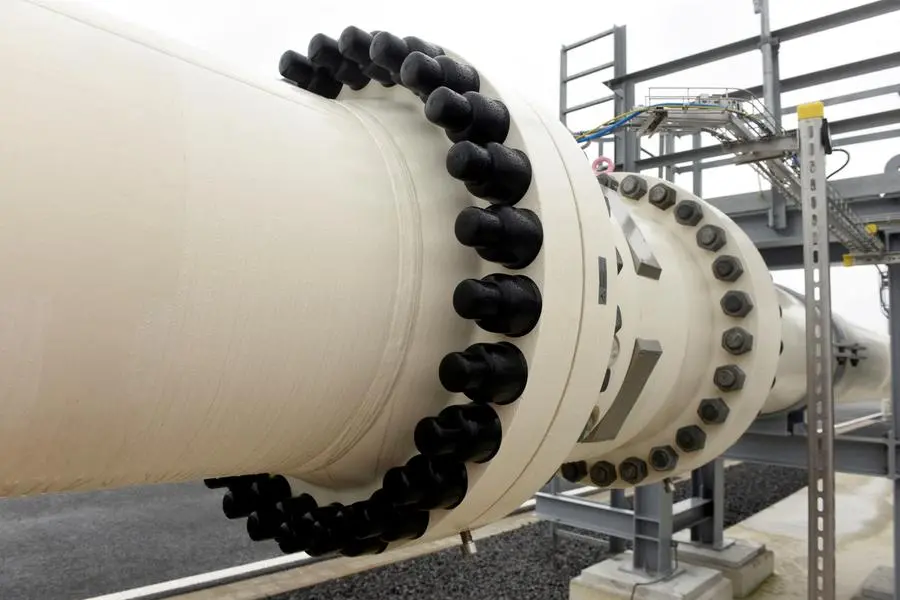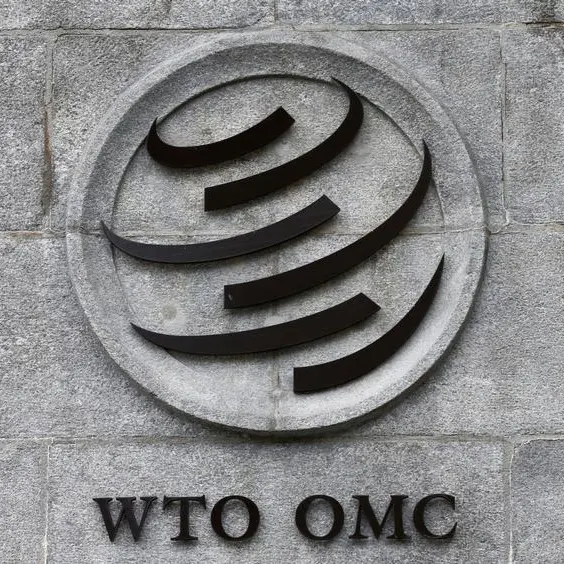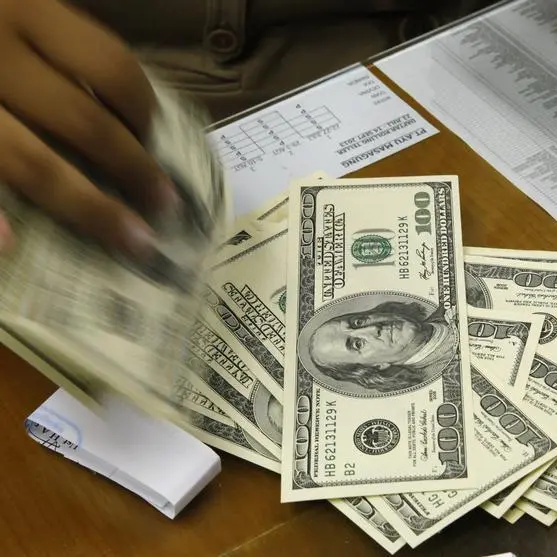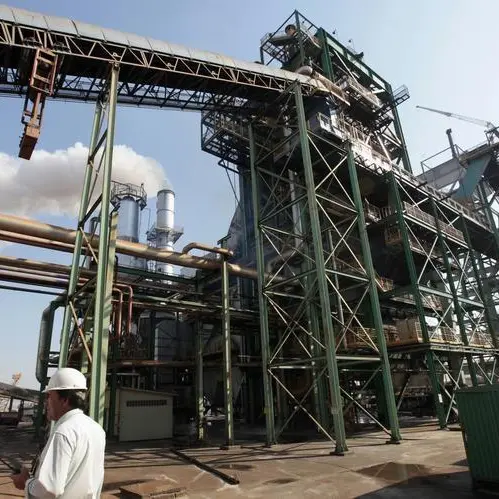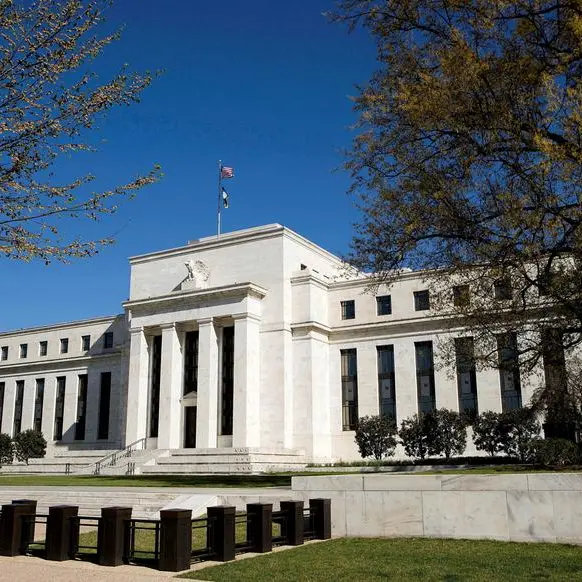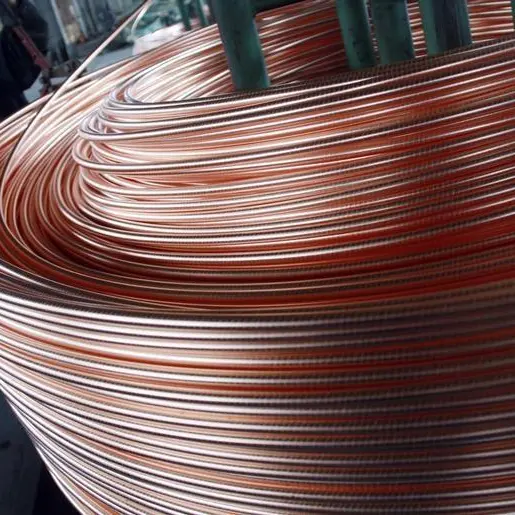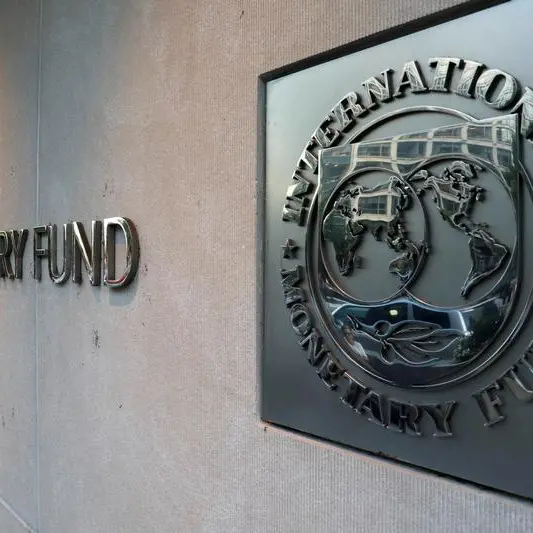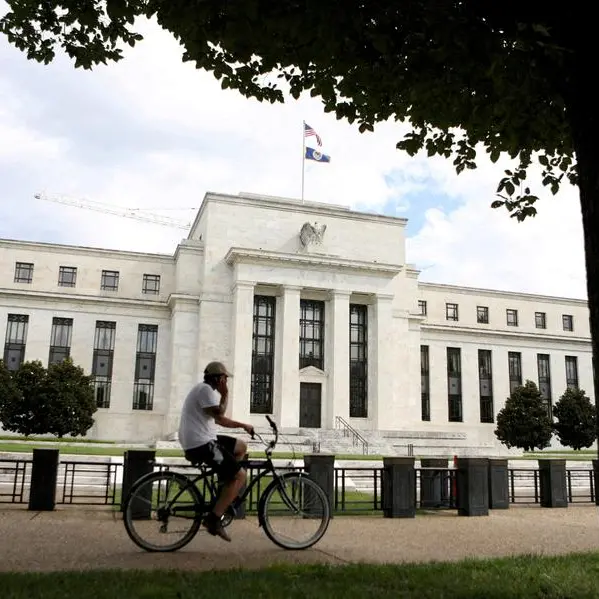PHOTO
Oil prices rose in early trade on Tuesday, shored up by a weaker dollar and a U.S. plan to restock its Strategic Petroleum Reserve, but gains were limited by uncertainty over the impact of rising COVID-19 cases in China, the world's top oil importer.
Brent crude futures advanced 61 cents, or 0.8%, to $80.40 a barrel at 0124 GMT, adding to a 76 cent gain in the previous session.
U.S. West Texas Intermediate (WTI) crude futures rose 65 cents, or 0.9%, to $75.84 barrel, after climbing 90 cents in the previous session.
The market has been supported by the U.S. plan announced last week to buy up to 3 million barrels of oil for the Strategic Petroleum Reserve following this year's record release of 180 million barrels from the stockpile.
A weaker U.S. dollar has also buoyed prices, with the dollar index around 104.7, as it makes oil cheaper for those holding other currencies.
However for prices to climb further, analysts said there would need to be clear signs of growing demand.
"The oil demand outlook will be key for how high crude prices can go and that might struggle for clarity as we see mixed signals with China's reopening," OANDA analyst Edward Moya said in a note.
China on Tuesday reported a jump in new confirmed coronavirus cases to 2,722 on Dec. 19, up from 1,995 a day earlier. There are, however, mounting doubts over whether the official count is capturing the real number of infections with anecdotal evidence suggesting the disease is ripping through cities.
And in another bearish sign, China's business confidence fell to its lowest since Jan. 2013, reflecting the impact of a surge in COVID-19 cases on economic activity after the country eased pandemic control measures, a survey by World Economics showed on Monday. (Reporting by Sonali Paul in Melbourne; Editing by Edwina Gibbs)
